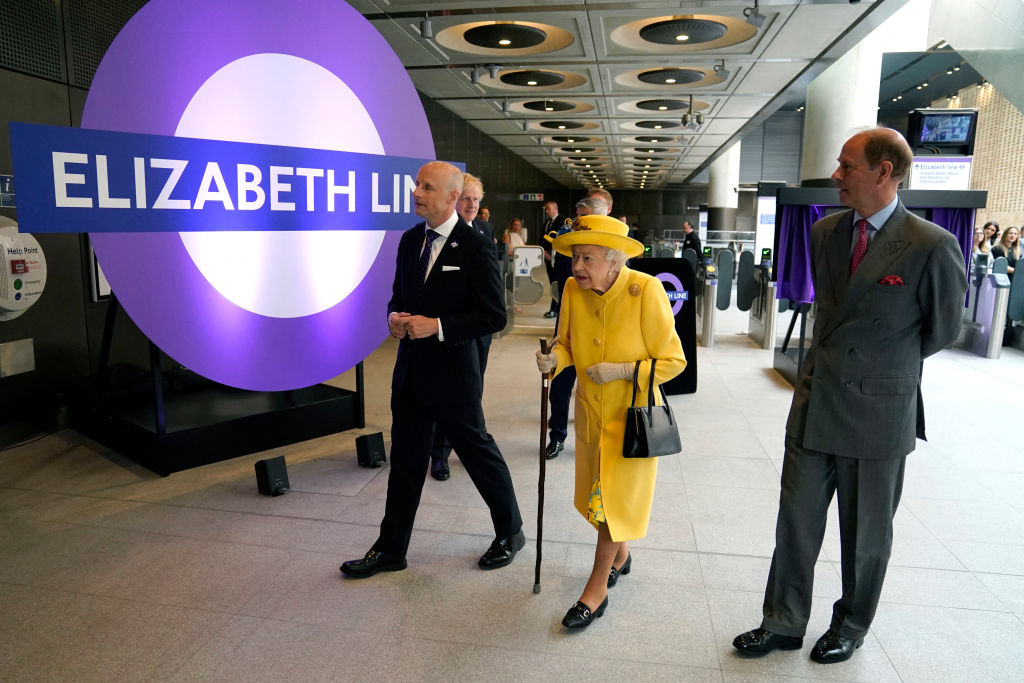On Tuesday, May 24, the Elizabeth Line is set to begin operations in and around London. It will encompass 41 stations — some of them new, others upgraded as part of the project. As Engadget’s article on the Crossrail Project — the name of the overall project under the auspices of which the Elizabeth Line was established — notes, construction began in 2009, but the concept has been around for much longer. As in, “since 1941” levels of longer.
What makes the project especially notable is the way in which it bridges multiple transportation networks. Engadget’s Daniel Cooper describes it as “a railway that acts like a subway when it’s in the middle of a city” and compares it to the Réseau Express Régional in Paris.
That form of rail travel is more common in Europe than in the United States. When traveling in the New York City area, for instance, Metro-North, the Long Island Railroad and New Jersey Transit don’t suddenly transform into the subway or PATH. Though the same idea of hybrid systems does seem to have some adherents in the area — consider the periodic suggestions of running the 7 Train to Secaucus Junction, or the proposal for the Interborough Express line in New York City.
To create new rail service where pre-existing infrastructure exists is no easy task. At Engadget, Cooper describes it as “a 21st century railway [running] in perfect harmony with a pair of railways built in the Victorian era,” which sounds like the sort of challenge that might frustrate many an engineer.
For now, though, Britain’s civil engineers have proven that such a feat can be accomplished. One hopes other regions will take note.
Thanks for reading InsideHook. Sign up for our daily newsletter and be in the know.
